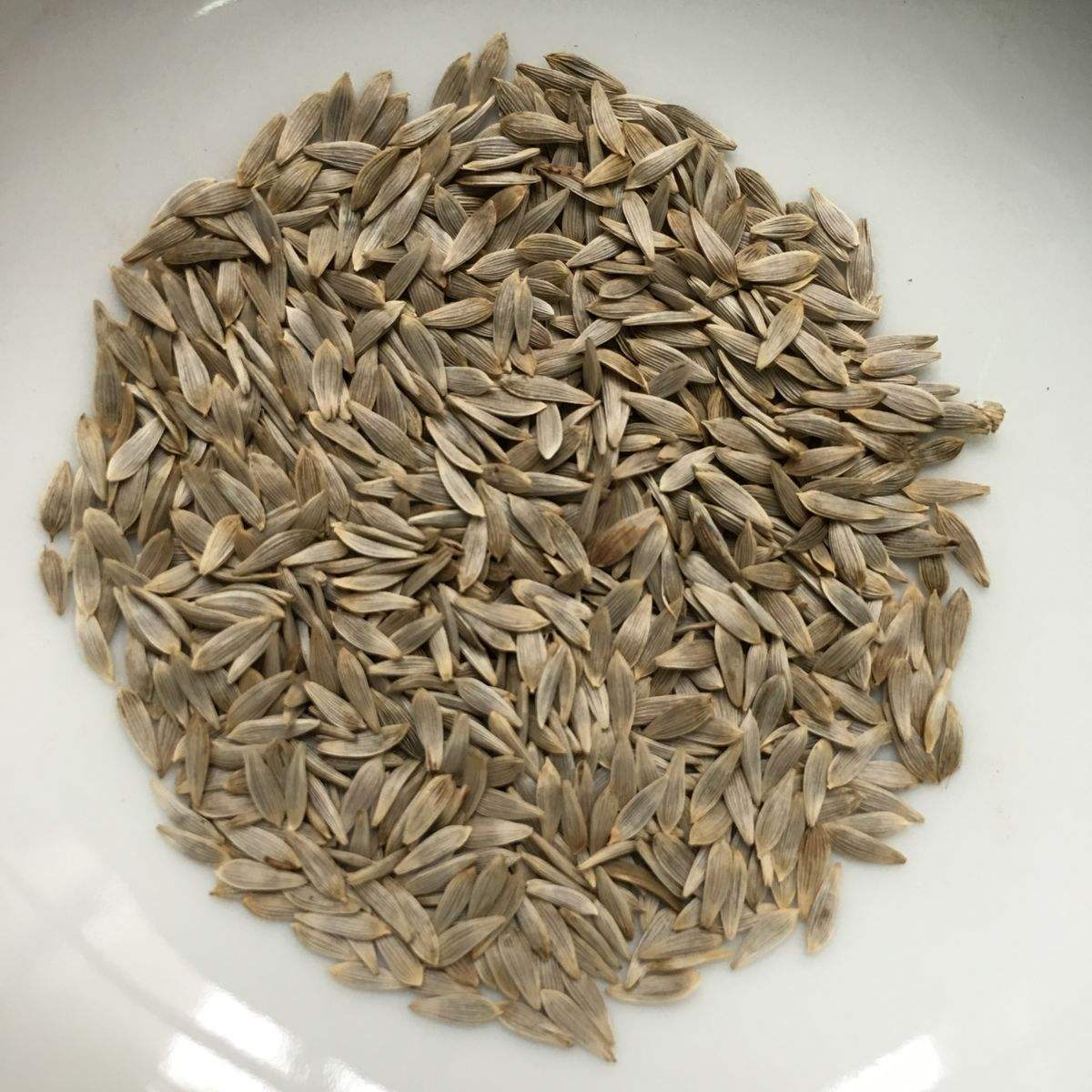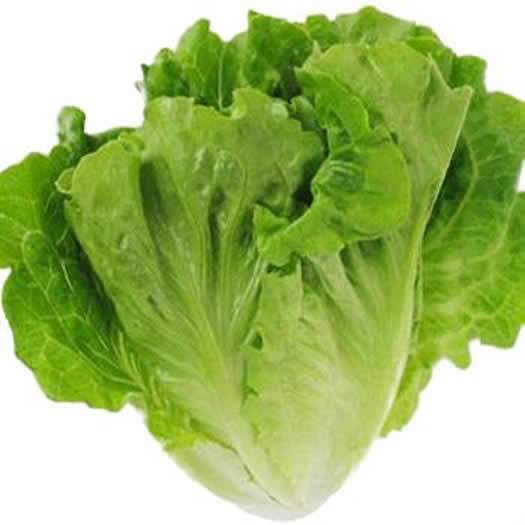In a certain range, maize yield increased with the increase of fertilizer application. Correctly determining the amount of fertilizer is an important issue to achieve high yield, stable production, and high efficiency of corn. How to determine the amount of fertilizer is a very complicated issue. When the corn grows and develops production, the absorbed nutrients are both the nutrients stored in the soil and the nutrients applied to the fertilizer in the current season. The amount and proportion of nutrients absorbed from soil storage or fertilizer are also affected by many factors, so it is difficult to accurately determine the amount of fertilizer. There are many ways to determine the amount of corn fertilization theoretically, but they are more complicated. Here are two methods for reference.
Where conditions permit, soil testing and fertilization can be carried out. Each nutrient content in the soil is measured once every 3 to 5 years, and then according to factors such as the amount of fertilizer required for corn, planned yield, soil fertility, and the fertilizer utilization rate in the current season, etc. The following formula roughly calculates the amount of fertilizer.
Fertilizer application amount = (planned output for a certain element demand - soil supply to a certain element) / (a ​​factor in fertilizer (%) fertilizer utilization in the season (%))
The utilization rate of fertilizers varies greatly. According to experiments, the utilization rate of organic farmyard fertilizers in general is about 30%, the utilization rate of nitrogen fertilizers is about 40% to 50% (based on 40%), and phosphorus and potassium fertilizers are about It is 30% to 40% (in 30%).
If you plan to produce 500 kilograms of corn grain, how much fertilizer do you need? Assume that the soil nitrogen content is 17 kg per mu, phosphorus pentaoxide is 6.0 kg, and potassium oxide is 14.4 kg. The nutrient utilization rate in soil was 50% nitrogen, phosphorus pentoxide was 70%, and potassium oxide was 30%. When the national fertilizer test (Table 10) yields an average of 500 kilograms per mu, 2.9 kg of nitrogen, 1.2 kg of phosphorus, and 2.4 kg of potassium are required for every 100 kg of grain produced, and the application amounts of urea, superphosphate, and potassium chloride are calculated. 46% of nitrogen, superphosphate contains 16% of available phosphorus, potassium chloride contains 50% of available potassium). According to the above formula:
Nitrogen Fertilizer (Urea) Demand (kg/mu) = (500/1002.9-1750%)/(46% 40%) = 32.16 (kg/mu)
If the base fertilizer Mushi fertilizer 2000 kg, nitrogen fertilizer 0.45%, seasonal utilization of 30%, it is equivalent to 2.7 kg of nitrogen (20000.45% 30%), equivalent to 5.87 kg of urea.
The actual amount of urea per acre is 326-587-26.74 (kg)
The amount of phosphate fertilizer and potash fertilizer can also be calculated according to the above method.
As far as most parts of the country are concerned, it is currently difficult to measure soil fertigation. Many farmers grow summer corn and rarely use organic fertilizer in order to grab time. According to the current soil fertility and yield levels, the chemical fertilizer application amount of corn is calculated based on a requirement of about 1,000 kg of nitrogen for production of 100 kg, about 1.4 kg of phosphorus pentoxide, and about 2.8 kg of potassium oxide. Production practice shows that under normal circumstances, the amount of fertilization determined by this method can not only achieve the planned output index, but also continuously improve the soil fertility, which is a relatively simple method. For example, in areas where soil fertility is relatively high (about 500 kg soil fertility), based on the above-mentioned nutrient requirements for 100 kg of grain yield, 23.2 kg of nitrogen, 11.0 kg of phosphorus pentoxide and 23.6 kg of potassium oxide are applied per acre. (Potassium deficiency, so more appropriate potassium fertilizer), the result of 757.9 kg corn per mu. The specific calculation method is as follows: Assume that the land is good, the former wheat yield is about 400 kg per mu, and the planned corn yield is 600 kg. How many urea, superphosphate and potassium chloride need to be applied?
Urea application amount (kg/mu) = (600/1003.1)/46% = 40.4 (kg/mu)
SSP application electricity (kg/mu) = (600/1001.4)/16% = 52.5 (kg/mu)
Potassium chloride application rate (kg/mu) = (600/1002.8)/50% = 33.6 (kg/mu)
Lettuce
Lettuce (var. Ramosa Hort.) leaf with lettuce, also known as the goose tsai, ma son dish, leafs seed, the compositae lettuce.For annual or biennial herbaceous plants, leaves long obovate, densely into cabbage and round shape, can be eaten raw, crisp and refreshing, slightly sweet.
Lettuce from Europe's Mediterranean coast, by wild species domestication.The ancient greeks and Romans to eat at the earliest.
Lettuce was introduced into China's history is long, southeast coast, especially in big city suburb, the cultivation area of guangdong is more, in recent years, the cultivated area is expanding rapidly, lettuce by hotels, restaurants into ordinary people's table.


Lettuce Seeds,Fresh Lettuce Seeds,Artificial Fresh Lettuce,Oak Leaf Lettuce Seeds
Ningxia Bornstein Import & Export Co., Ltd , https://www.bornstein-agriculture.com